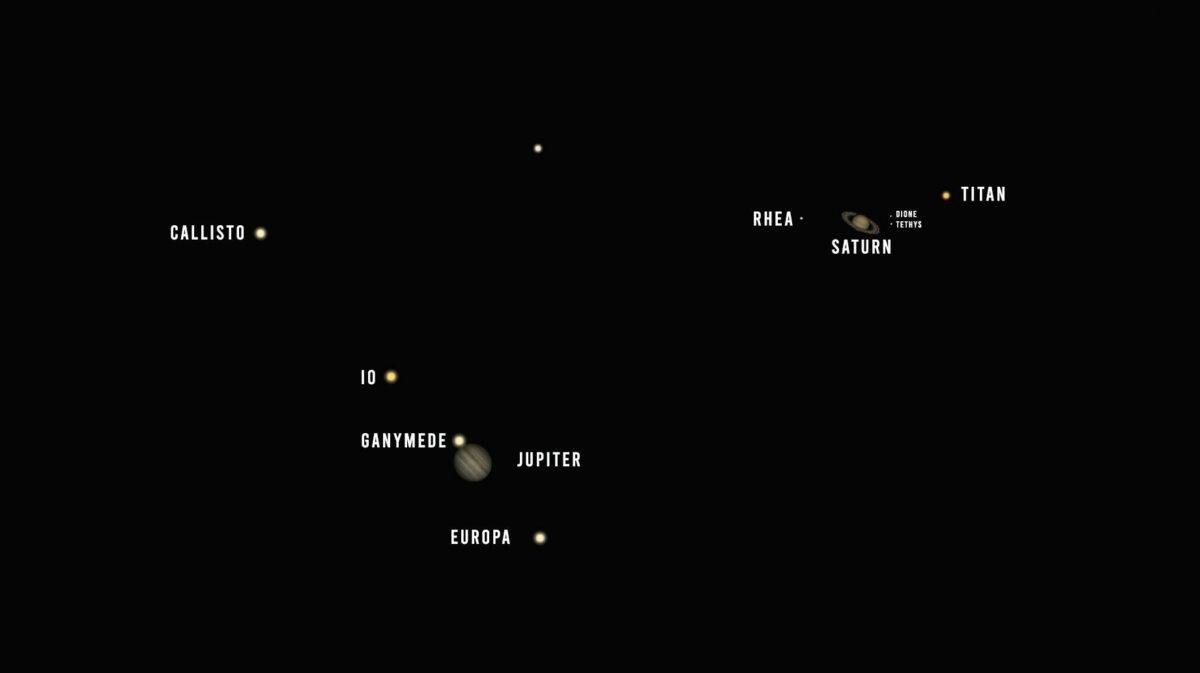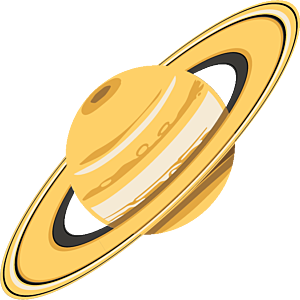The Downlink • Dec 18, 2020
The great conjunction! (And how it functions)
Space Snapshot

Saturn is always a feast for the eyes. The ringed gas giant will outdo itself this week as it appears closer in the night sky to its neighbor Jupiter than any time in the last 400 years, in a cosmic alignment dubbed a great conjunction. This image was taken by NASA’s Cassini spacecraft in 2017. Image credit: NASA/JPL-Caltech/SSI/Jason Major
You love space, now take action
This weekly newsletter is your toolkit to learn more about space, share information with your friends and family, and take direct action to support exploration. Anyone can subscribe at planetary.org/connect to receive it as a weekly email.
Mission Briefings


Scientists confirmed there is material from asteroid Ryugu inside Hayabusa2’s sample return capsule. A photo (pictured) shows dark rocks and fine-grained material collected by the Japanese spacecraft in 2019. Scientists will study the samples to learn how Ryugu formed and how it fits into the timeline of events that shaped our early solar system. Learn more about the mission. Image credit: JAXA.

China’s Chang’e-5 spacecraft returned from the Moon and dropped its samples in Mongolia. The samples are believed to be the youngest ever returned from the Moon, giving us important insight into how the Moon evolved during a time when multicellular life may have already been present on Earth. Chang’e-5 itself, meanwhile, may embark on an extended mission, possibly to visit an asteroid.

NASA announced a group of 18 astronauts who will participate in the agency’s back-to-the-Moon Artemis program. Half are women, and one will become the first woman to walk on the Moon during the Artemis III mission scheduled for 2024 or later. The Canadian Space Agency also announced a new treaty with NASA that secures a spot for a Canadian astronaut on the crew of the Artemis II mission to orbit the Moon. The Artemis program will be the first internationally collaborative deep space mission, sending non-U.S. citizens to the Moon for the very first time.

The Hubble Space Telescope found Planet 9—but it’s orbiting the wrong star. Many astronomers suspect a large, undiscovered planet prowls the outer reaches of our solar system along an unusual orbit. The discovery that exoplanet HD 106906 b lies a staggering 109 billion kilometers from its star—5 times farther away than NASA’s long-lived Voyager 1 probe currently is from the Sun—supports the hypothesis that our own Planet 9 is still out there waiting to be discovered.

Israeli non-profit SpaceIL will try again to land on the Moon. Beresheet 2 is scheduled to launch in 2024 and consists of two probes and an orbiter. SpaceIL plans to partner with Israel Aerospace Industries again and fund the mission through private donors and international partnerships. The first Beresheet lander crashed in 2019.
From The Planetary Society


It takes MOXIE to explore Mars! This week’s Planetary Radio features a fascinating conversation with Mike Hecht, the principal investigator on the MOXIE experiment on NASA’s Perseverance rover. The tiny device will test our ability to turn the Red Planet’s plentiful carbon dioxide into oxygen. Someday a scaled-up version may make the oxidizer that will get astronauts back to Earth. Mike also helps lead the groundbreaking Event Horizon Telescope Collaboration that captured the first image of a black hole. Pictured: MOXIE being installed on Perseverance. Image credit: NASA/JPL-Caltech.

What did LightSail 2 mean to you? People from around the world came together to make the groundbreaking LightSail 2 solar sailing spacecraft possible. We’re now partnering with a production team to create a documentary about the mission, and we want to hear from you. We’re inviting you to send in a 30-second video telling us your thoughts about the LightSail 2 mission, how it inspired you, or how you felt about the mission’s success. Upload your video here for a chance to have your voice become a part of the LightSail 2 story.
What's Up

This week’s big cosmic show is the great conjunction of Saturn and Jupiter on 21 December. With the unaided eye, the two worlds will almost appear to touch, separated by less than one-fourth the width of the Moon. To see them, go outside about an hour after sunset and look for the two bright dots low in the southwest. For more, check out our guide to seeing the great conjunction.
Hats Off to Space Exploration!

Show off your support for space science and exploration with the newest Planetary Society merch: this sleek cosmic cap. Every purchase helps advance our work to explore worlds, search for life, and defend the Earth from asteroids.
Wow of the Week

We are totally gobsmacked by this simulated view of how the great conjunction of 21 December might look through a telescope. Depending on your location, weather conditions, and what kind of telescope you have access to, it could be possible to see Jupiter, Saturn, and several of their magnificent moons all at once. Let us know if you’re able to get an astonishing view like this, and if you’re an astrophotographer, we invite you to send us your best photos of the great conjunction. Image credit: Stellarium/The Planetary Society.
Do you have a suggestion for the Wow of the Week? We’re looking for space-related art, music, gadgets, quotes, fashion, burning questions, brief sci-fi passages, or anything else that will make our readers go “Wow!” Send us your idea by replying to any Downlink email or writing to [email protected], and please let us know if you’re a Planetary Society member.


 Explore Worlds
Explore Worlds Find Life
Find Life Defend Earth
Defend Earth


